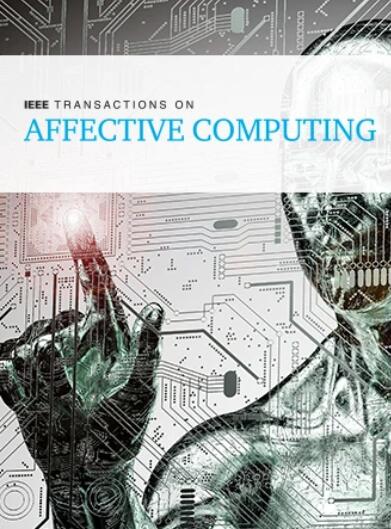Semantic and Emotional Dual Channel for Emotion Recognition in Conversation
IF 9.8
2区 计算机科学
Q1 COMPUTER SCIENCE, ARTIFICIAL INTELLIGENCE
引用次数: 0
Abstract
Emotion recognition in conversation (ERC) aims at accurately identifying emotional states expressed in conversational content. Existing ERC methods, although relying on semantic understanding, often encounter challenges when confronted with incomplete or misleading semantic information. In addition, when dealing with the interaction between emotional and semantic information, existing methods are often difficult to effectively distinguish the complex relationship between the two, which affects the accuracy of emotion recognition. To address the problems of semantic misdirection and emotional cross-talk encountered by traditional models when confronted with complex conversational data, we propose a semantic and emotional dual channel (SEDC) strategy for emotion recognition in conversations to process emotional and semantic information independently. Under this strategy, emotion information provides an auxiliary recognition function when the semantics are unclear or lacking, enhancing the accuracy of the model. Our model consists of two modules: the emotion processing module accurately captures the emotional features of each utterance through contrastive learning, and then constructs a dialogue emotion propagation map to simulate the emotional information conveyed in the dialogue; the semantic processing module combines an external knowledge base to enhance the semantic expression of the dialogue through knowledge enhancement strategies. This divide-and-conquer approach allows us to more deeply analyze the emotional and semantic dimensions of complex dialogues. Experimental results on the IEMOCAP, EmoryNLP, MELD, and DailyDialog datasets show that our approach significantly outperforms existing techniques and effectively improves the accuracy of dialogue emotion recognition.会话中情感识别的语义和情感双通道
会话中的情绪识别(ERC)旨在准确识别会话内容中所表达的情绪状态。现有的ERC方法虽然依赖于语义理解,但在面对不完整或误导性的语义信息时,往往会遇到挑战。此外,在处理情感信息和语义信息的交互作用时,现有的方法往往难以有效区分两者之间的复杂关系,影响了情感识别的准确性。为了解决传统模型在面对复杂会话数据时遇到的语义误导和情感串扰问题,我们提出了一种语义和情感双通道(SEDC)策略来独立处理会话中的情感和语义信息。在该策略下,情感信息在语义不明确或缺乏时提供辅助识别功能,提高了模型的准确性。我们的模型由两个模块组成:情感处理模块通过对比学习准确捕捉每个话语的情感特征,然后构建对话情感传播图来模拟对话中传递的情感信息;语义处理模块结合外部知识库,通过知识增强策略增强对话的语义表达。这种分而治之的方法使我们能够更深入地分析复杂对话的情感和语义维度。在IEMOCAP、EmoryNLP、MELD和DailyDialog数据集上的实验结果表明,该方法显著优于现有技术,有效提高了对话情感识别的准确性。
本文章由计算机程序翻译,如有差异,请以英文原文为准。
求助全文
约1分钟内获得全文
求助全文
来源期刊

IEEE Transactions on Affective Computing
COMPUTER SCIENCE, ARTIFICIAL INTELLIGENCE-COMPUTER SCIENCE, CYBERNETICS
CiteScore
15.00
自引率
6.20%
发文量
174
期刊介绍:
The IEEE Transactions on Affective Computing is an international and interdisciplinary journal. Its primary goal is to share research findings on the development of systems capable of recognizing, interpreting, and simulating human emotions and related affective phenomena. The journal publishes original research on the underlying principles and theories that explain how and why affective factors shape human-technology interactions. It also focuses on how techniques for sensing and simulating affect can enhance our understanding of human emotions and processes. Additionally, the journal explores the design, implementation, and evaluation of systems that prioritize the consideration of affect in their usability. We also welcome surveys of existing work that provide new perspectives on the historical and future directions of this field.
 求助内容:
求助内容: 应助结果提醒方式:
应助结果提醒方式:


